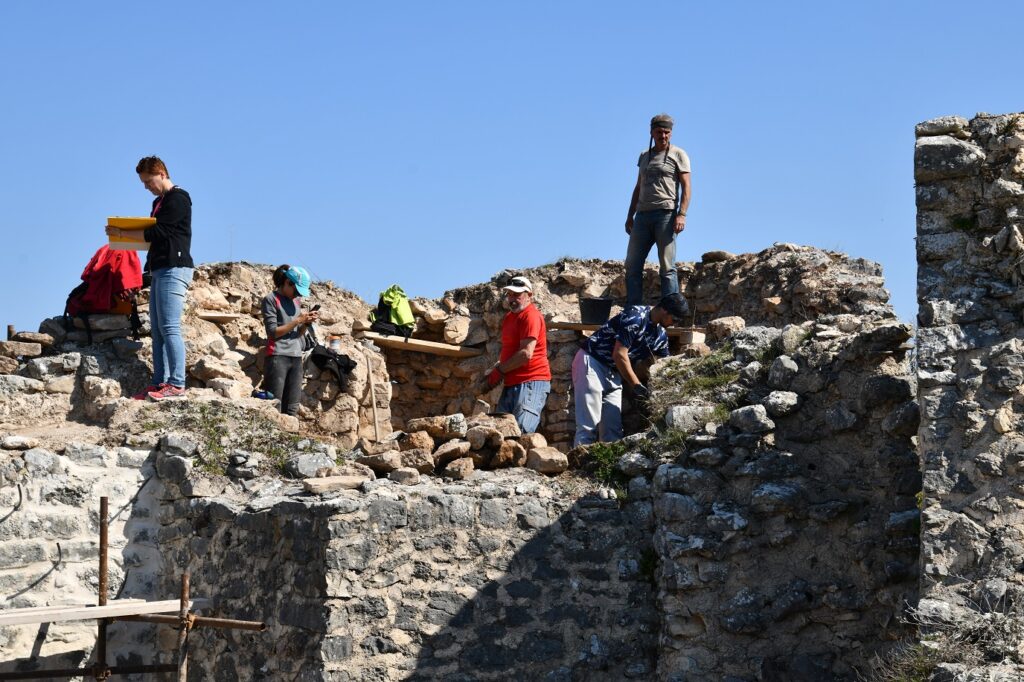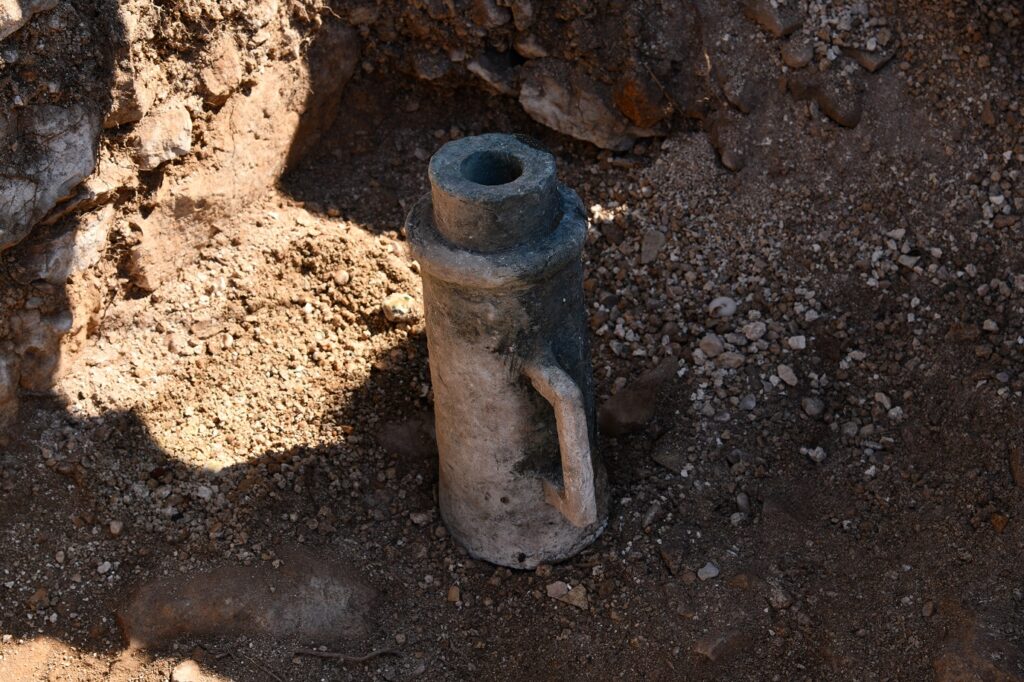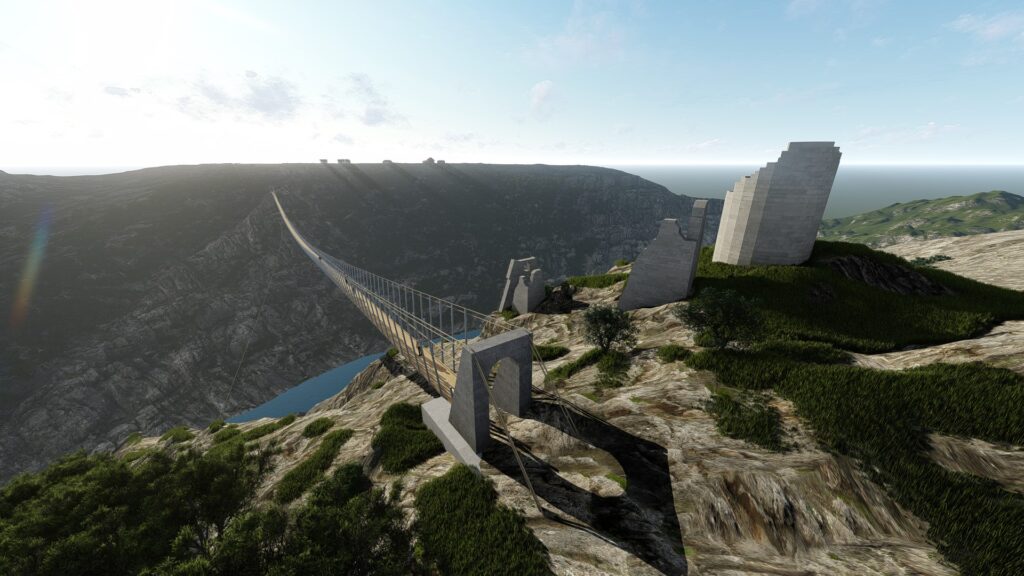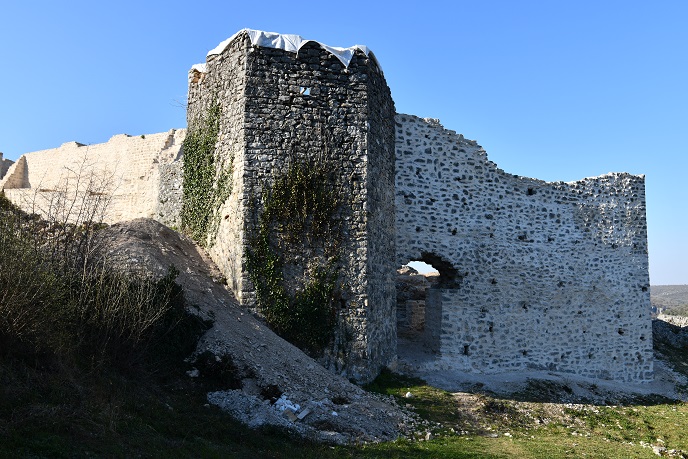A valuable piece of Croatian warrior heritage found at Krka National Park
LOZOVAC, CROATIA— Archaeology Org reports that an artillery weapon was found in a defensive wall in a tower at the fourteenth-century site of Nečven fortress, which is located in southern Croatia’s Krka National Park.

The bronze object, known as a mačkula, is similar to a mortar and was used to attack fortified settlements. This one is thought to date to the seventeenth or eighteenth century.
“A mačkula is a weapon that holds a special place in Croatian warrior heritage. During the traditional manifestation Sinjska Alka, every hit „u sridu“ (‘in the middle’) is celebrated by a shot from the mačkula.

Its value is enhanced even more during the ceremony for the winner when several mačkula are shooting from Sinj’s old fortified walls,” Krka NP said in a statement.
The mačkula was found in the defensive wall of the hexagonal tower right from the entrance of the fortress.

Archaeological research of Nečven fortress started back n 2011 and along with archaeological excavations conservation works of the fortress was also carried out. Metal and stone findings were conserved at the Krka NP conservation workshop.
“The mačkula is another valuable finding that will complete the Krka NP archaeological collection and contribute to the valorization of the cultural and historical heritage of our region,“ Nella Slavica, director of the Public Institute of Krka National Park said.

Slavica says that the conservation of the Nečven fortress is a long-lasting project to preserve heritage along with preparatory activities for the future construction of a 462-meter pedestrian suspension bridge over the Krka River connecting Nečven and Trošenj fortresses.

The bridge will be a tourist attraction with its fascinating views of the Krka canyon and Nečven and Trošenj Fortresses without causing any burden on the underlying phenomenon.

“Built at the beginning of the 14th century, the Nečven fortress is one of the most valuable monuments of medieval fortification architecture in Dalmatia. It was owned by the Nelipić family for two centuries.
In the 16th century, Nečven was conquered by the Ottomans but a year before the final expulsion of the Ottomans and the liberation of the City of Knin in 1688, Skradin inhabitants took over Nečven fortress and from it guarded the border.
Opposite Nečven fortress above the Krka canyon, the Trošenj fortress has proudly stood for centuries. Both fortresses represent valuable monuments of Croatian cultural heritage.
Nečven and Trošenj fortresses, built and owned by great Croatian families Nelipići and Šubići as part of the medieval defense system, today are valued within Krka National Park,” Krka NP stated.





